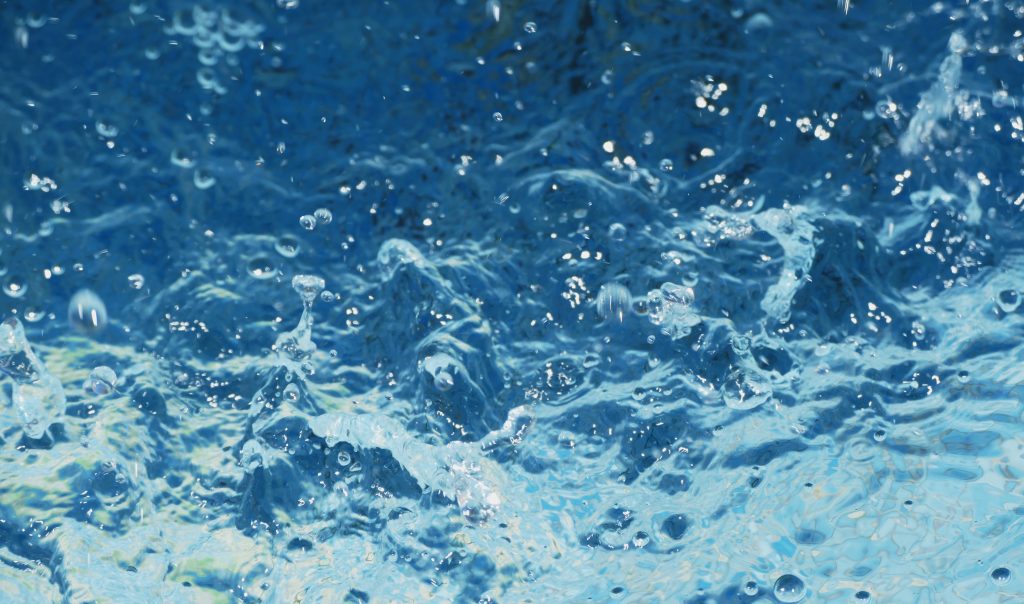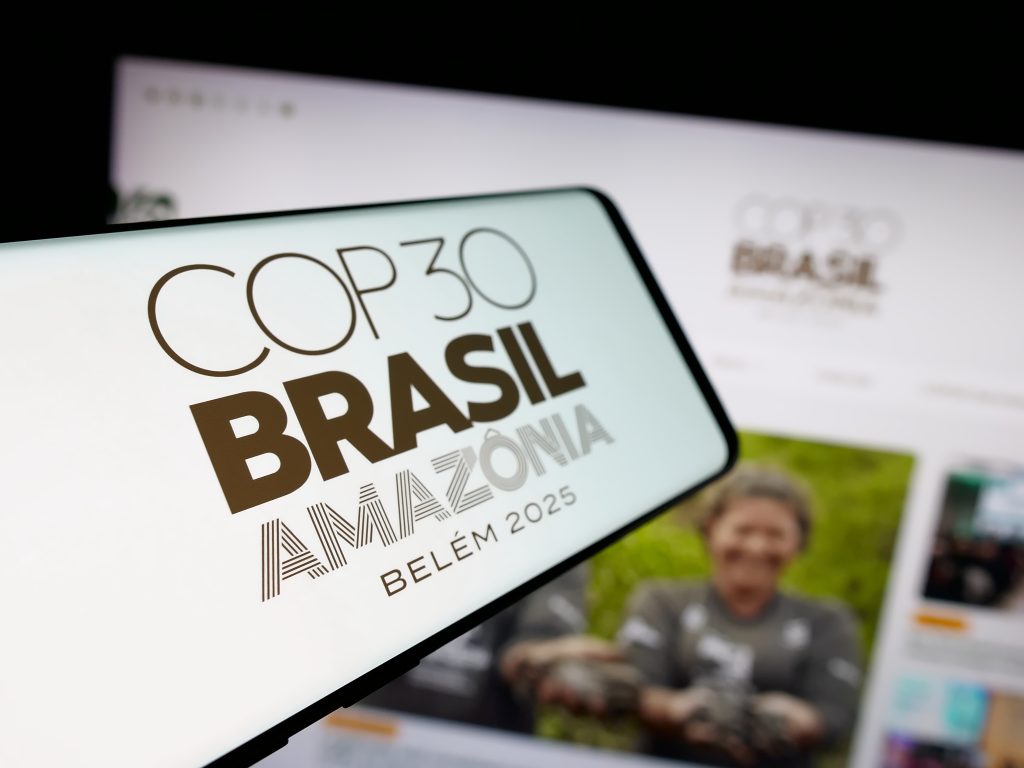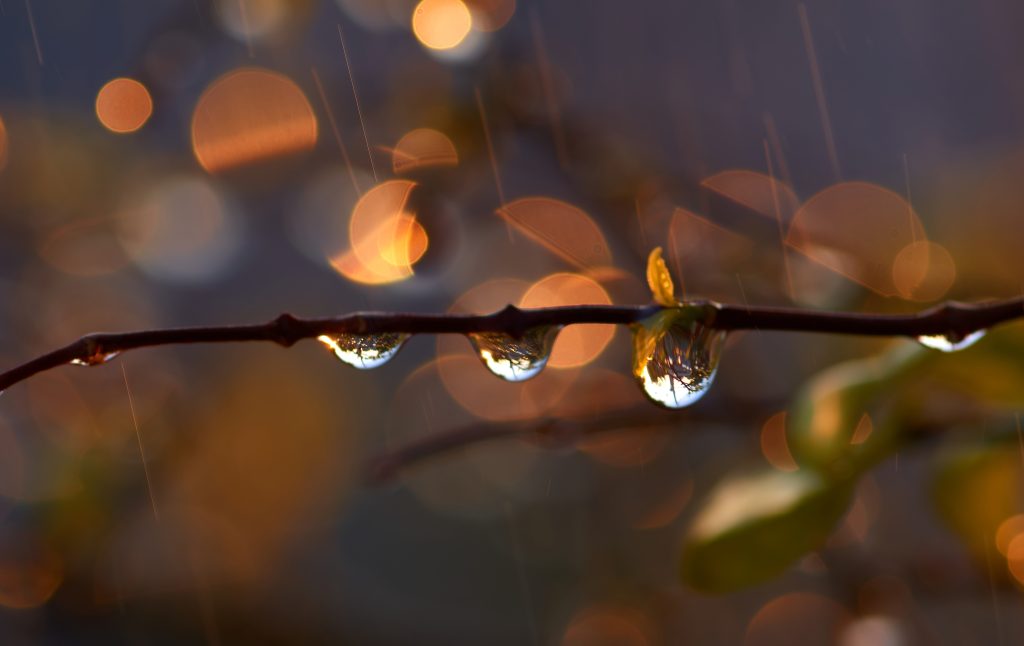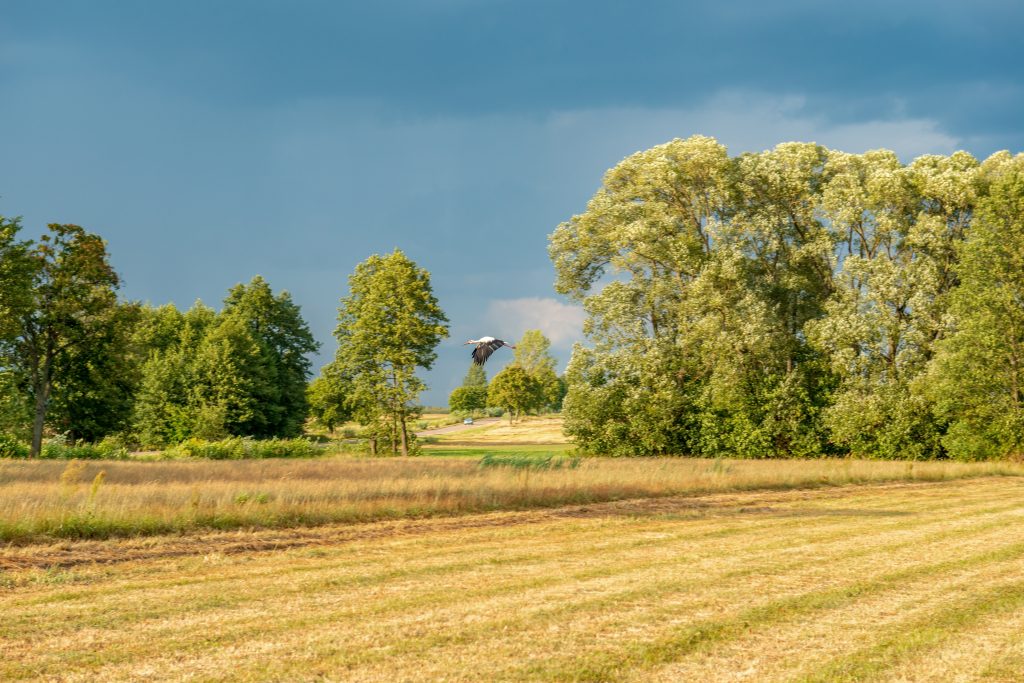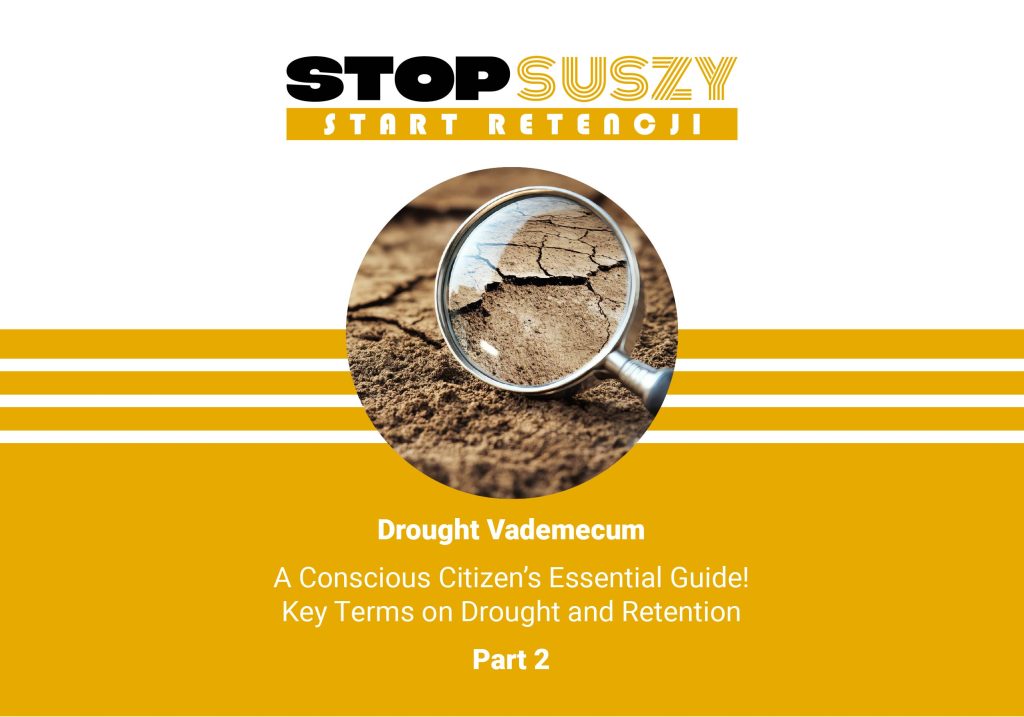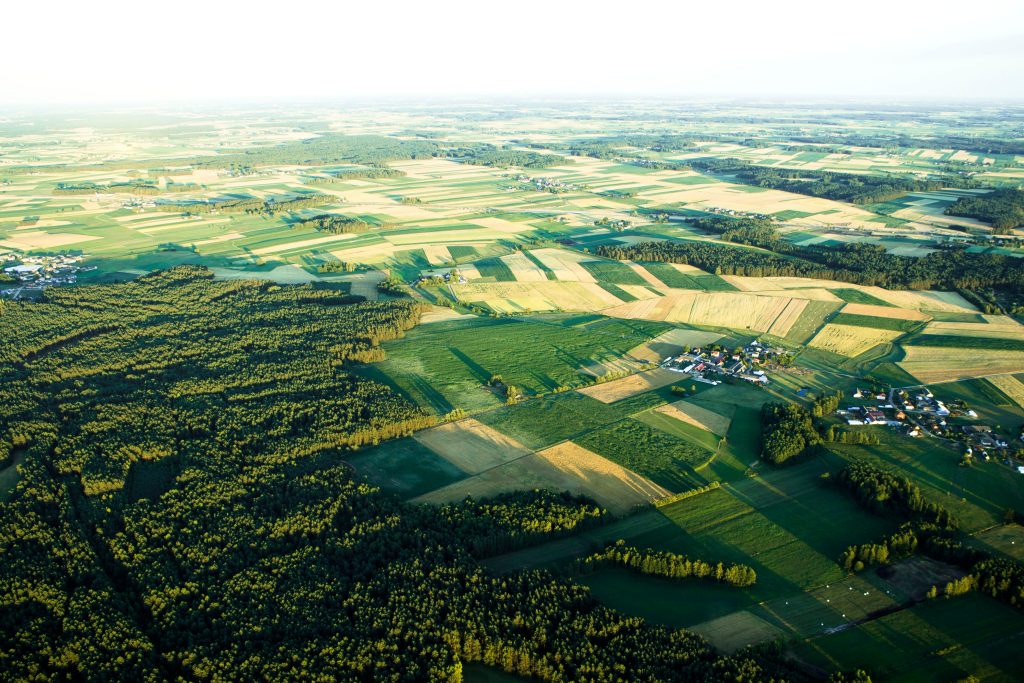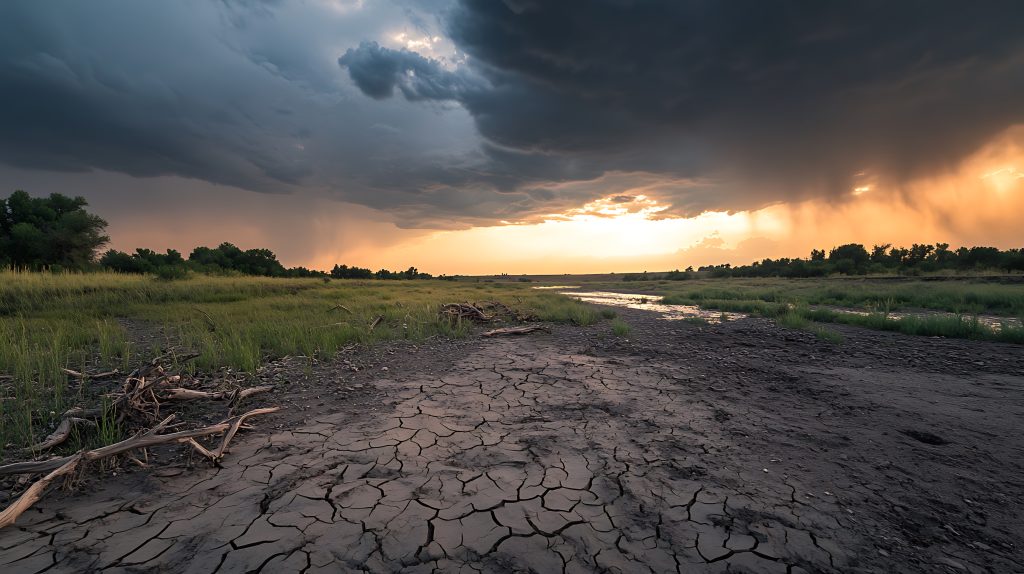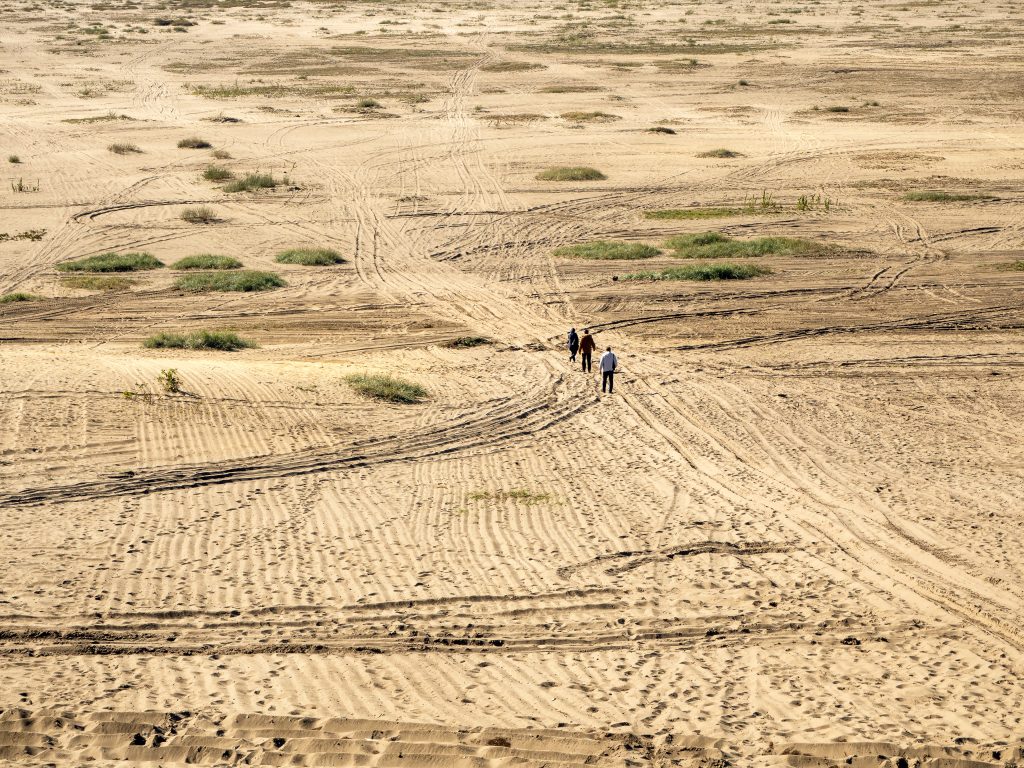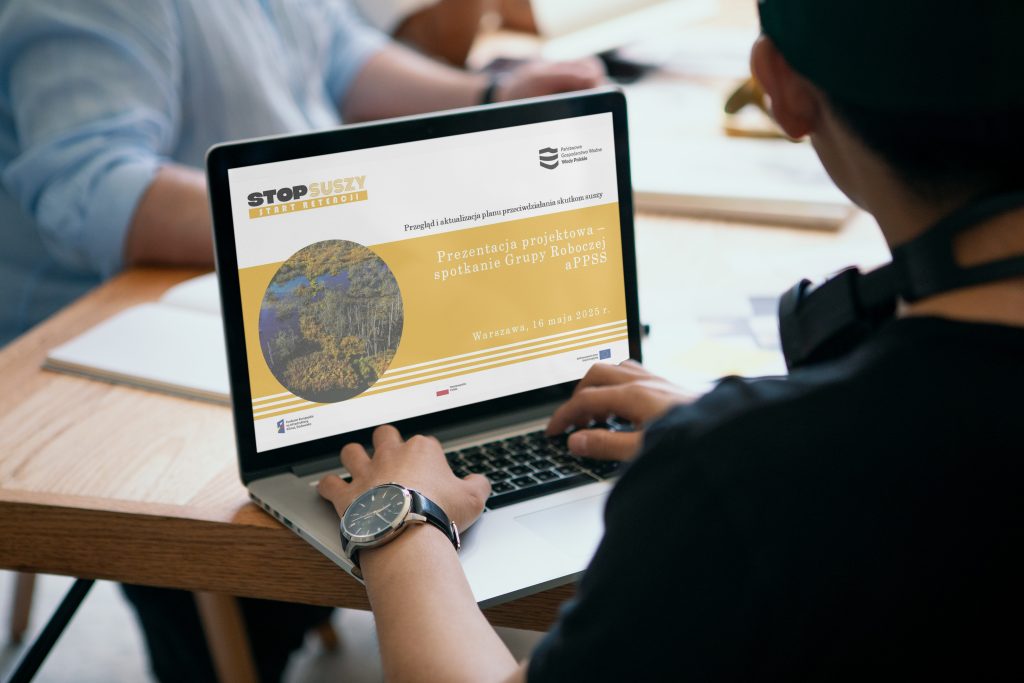Water is one of the most extraordinary chemical compounds on Earth. Although it surrounds us in our daily lives, we often forget how limited its resources are and how easily its delicate hydrological balance can be disrupted.
Category Archives: Aktualności
COP30 will take place in Belém, Brazil, from November 10th to 21st, 2025. This is the annual UN Conference of the Parties on Climate Change and a key element of the global climate debate. During this time, the Blue Zone will host a dedicated space dedicated to water as a key climate factor: the Water for Climate Pavilion.
We usually associate drought with summer – with parched lawns, wilting plants, and the need for frequent watering. However, we must remember that the problem of soil water deficiency affects all seasons. Although autumn is often perceived as a time of frequent rains and a respite from gardening, it is actually a crucial time to prepare the garden and farm for the coming season. Now is the time to take steps to better retain water, store it, and improve plant health in the coming months.
The summer of 2025 was a particularly contrasting period in Poland in terms of water balance. Although the water balance indicator itself is complex and takes into account both inflows (including atmospheric precipitation, surface and groundwater recharge) and losses (evaporation, plant transpiration, surface runoff), in practice its development depends primarily on precipitation and air temperature, which influences the intensity of evapotranspiration (including evaporation from soil surfaces and water bodies, as well as plant transpiration).
September is not only the beginning of the school year, but also an ideal opportunity to reconsider the challenges facing each of us. The beginning of 2025 was very dry – many regions of Poland experienced a lack of rain, rivers and lakes reached record lows, and farmers and gardeners struggled with water shortages. Such phenomena have become increasingly frequent in recent years, and forecasts indicate that drought could be one of the greatest challenges of the 21st century.
This year’s harvest has concluded. It’s a good time to review current practices and consider what we can do to improve soil health, increase drought resistance, and manage water more sustainably, as well as how to prepare for the next harvest. We discuss this with Patryk Kokociński, a farmer who irrigates his fields naturally, utilizing landscape retention water. Thanks to his efforts, the “Życie na Pola!” Association for the Protection of Mid-Field Landscape was also established.
A few hours of rain are enough for lawns to turn green and flowers to bloom. For this reason, many people believe that drought is an easily reversible problem, and that a week of heavy rain is enough to stave off a prolonged drought. However, hydrology isn’t so simple. Drought is a complex, multi-stage, and often hidden phenomenon, and its reversal depends not solely on the previous week’s weather. Short-term rainfall isn’t enough to address the consequences of drought. But what does effective “irrigation” actually look like?
Every year, on June 17th, we celebrate the World Day to Combat Desertification and Drought. This date was established by the UN General Assembly in 1994, marking the 31st anniversary of the adoption of the UNCCD
Drought is affecting Polish cities here and now. It’s not just a problem for farmers, affecting the quantity and quality of crops. We’re also dealing with it in cities, both large and small.
When updating the Drought Effects Counteracting Plan (uDECP), broad cooperation of many groups is very important.

 PL
PL

